Month: October 2015
Private Commission
Installation view, Tel Aviv, 2015

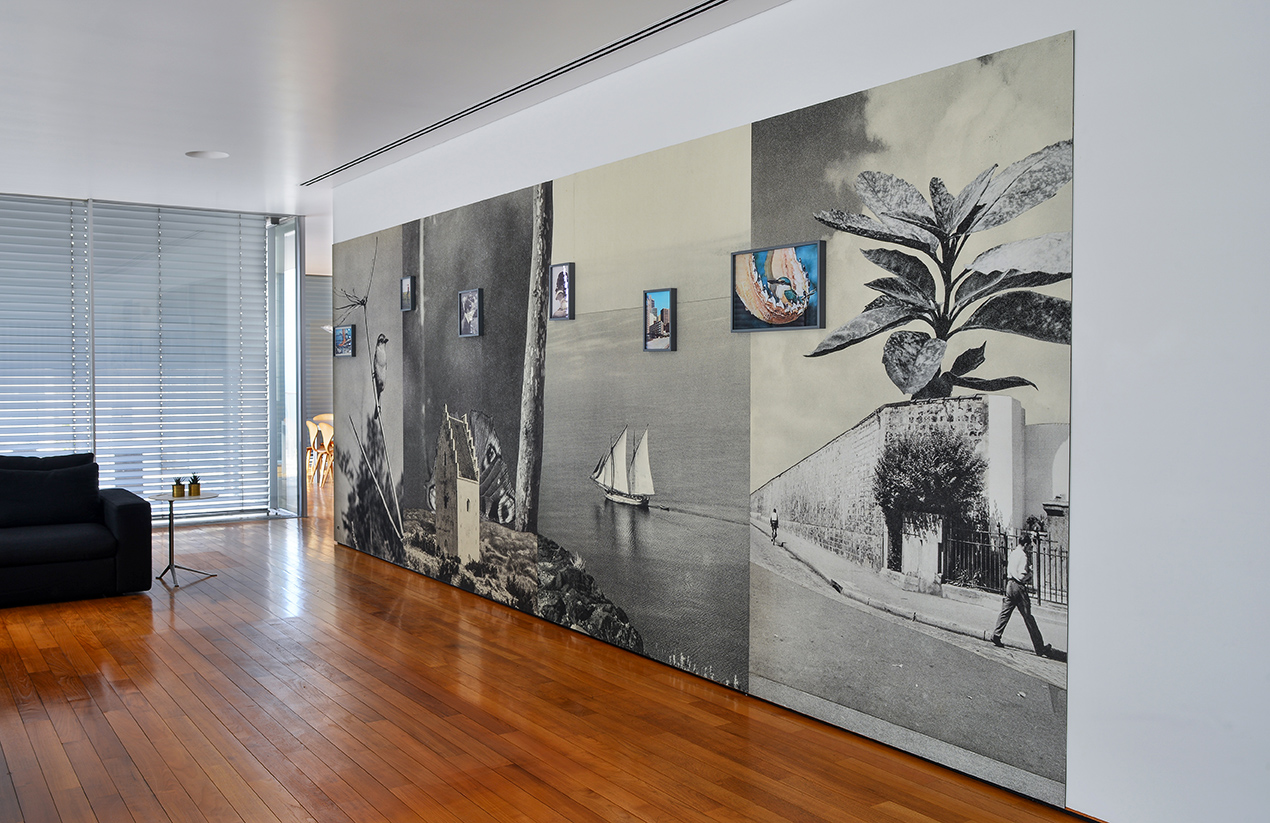

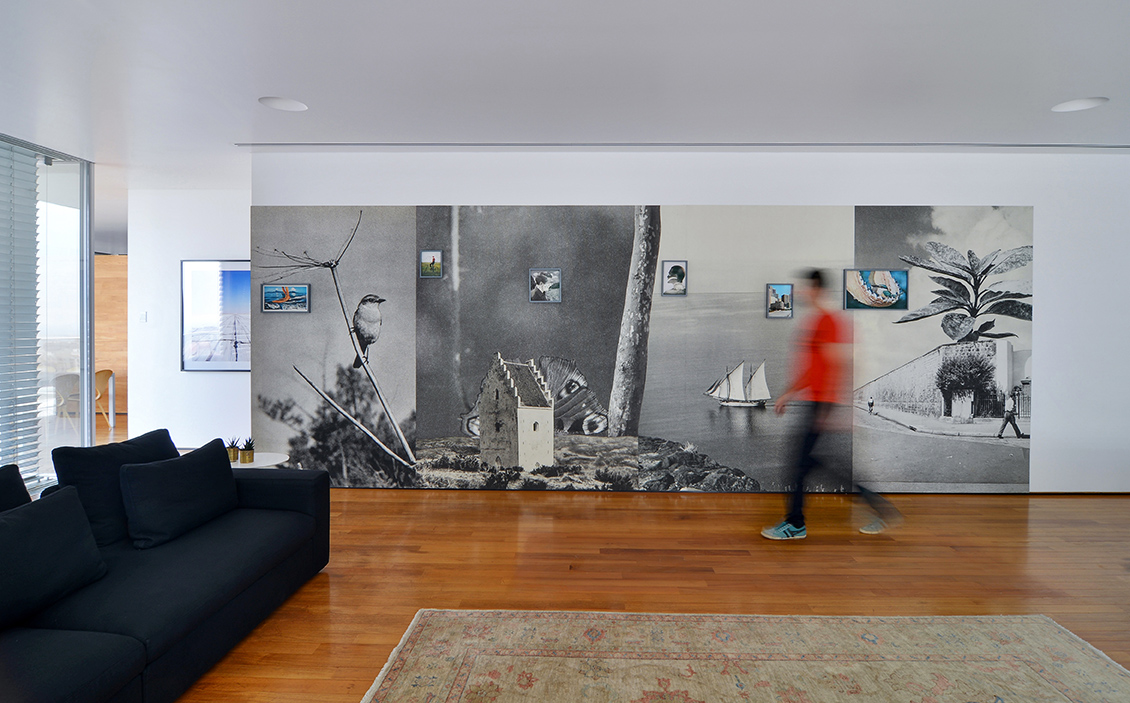
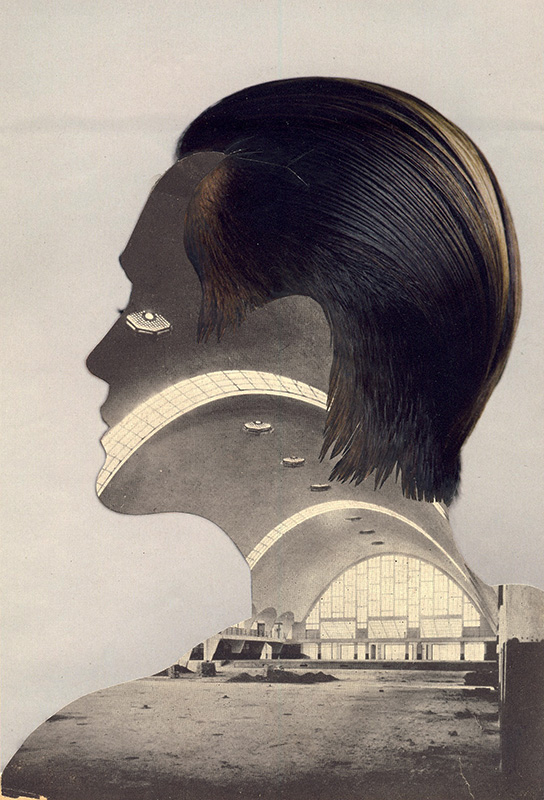

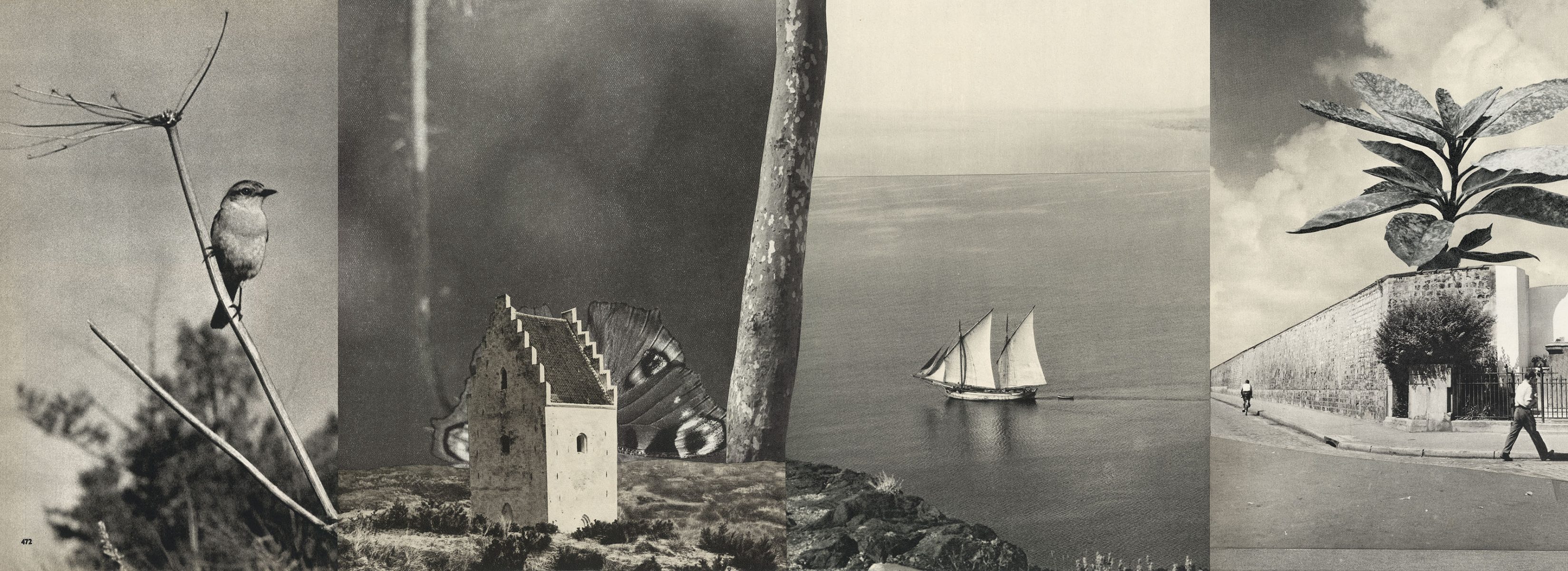
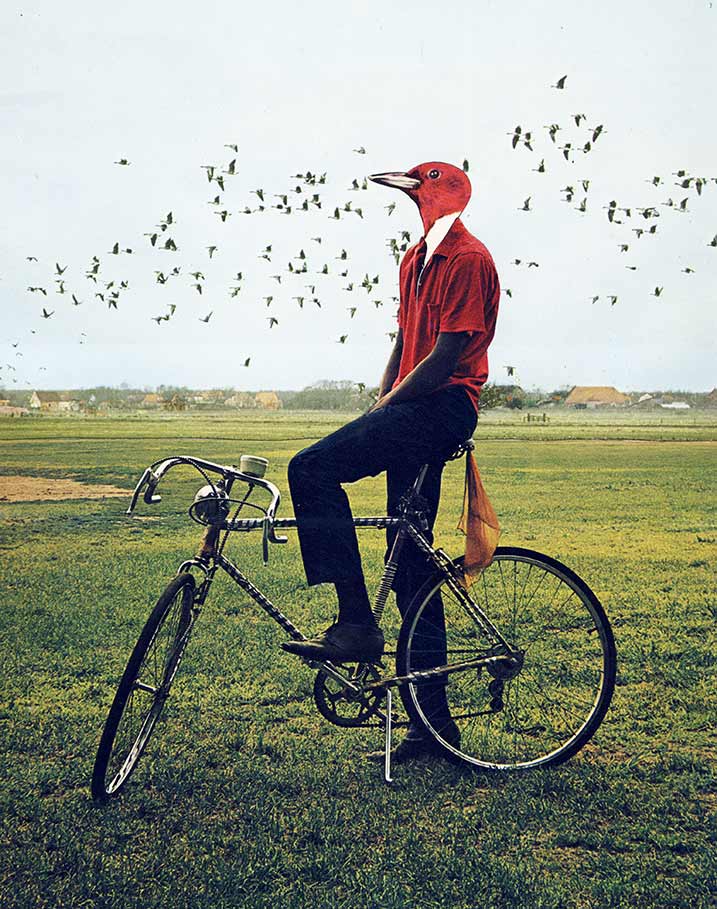
Men Emptying Content
Mixed-media and live event presented during Contact Point, the Israel Museum, Jerusalem, 2015
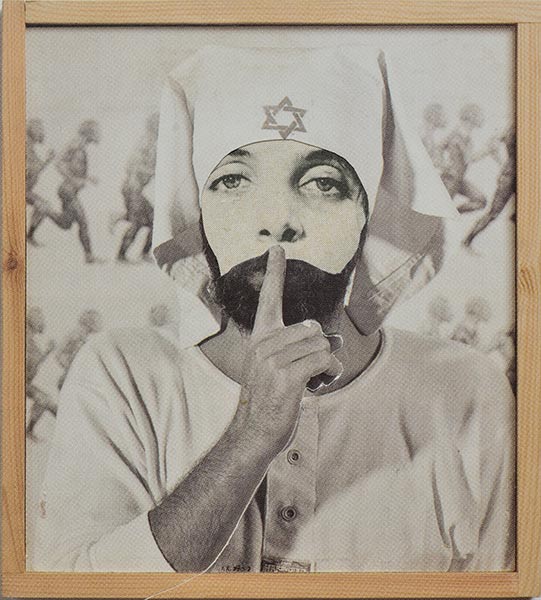



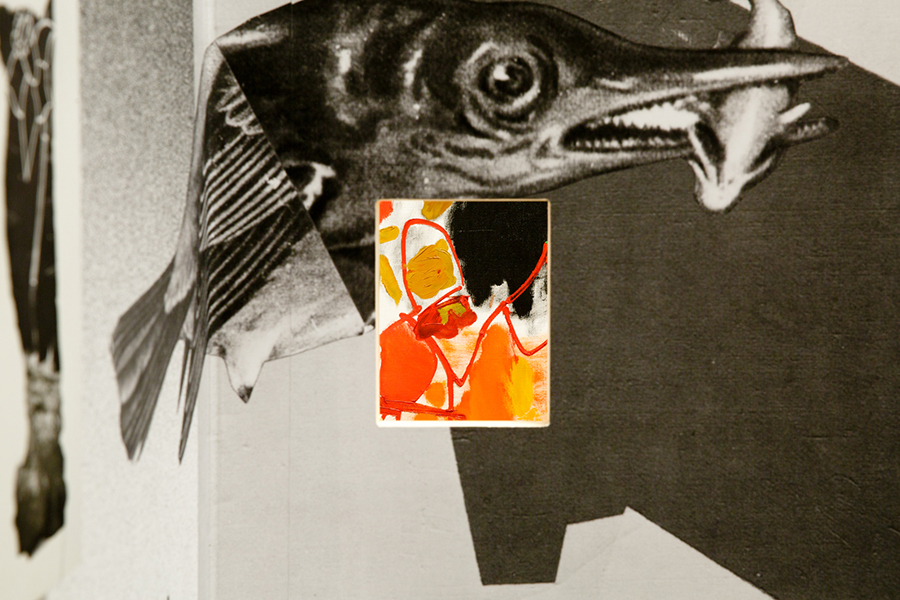

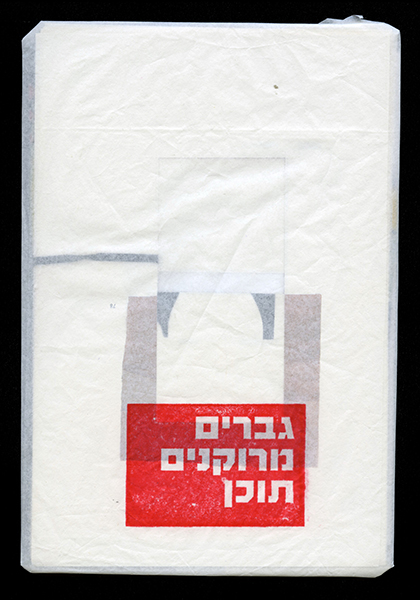


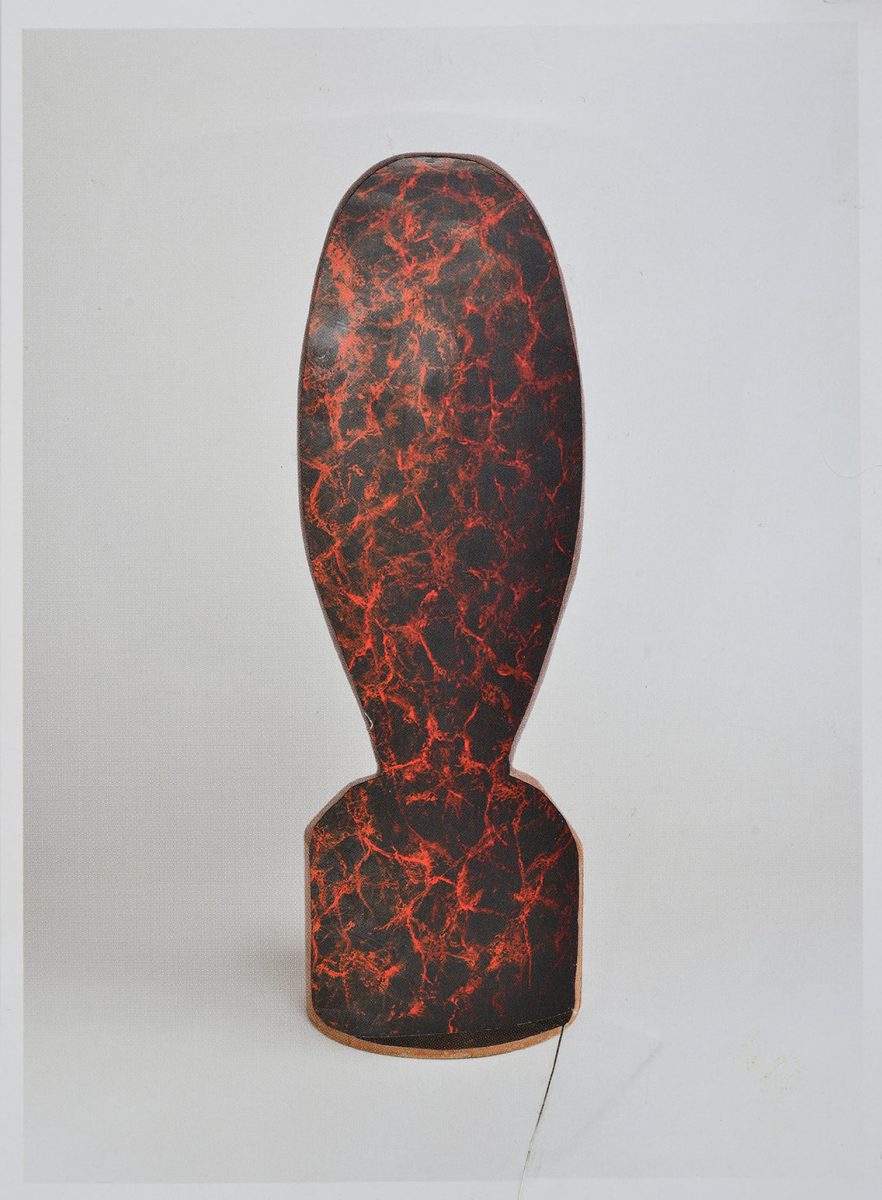
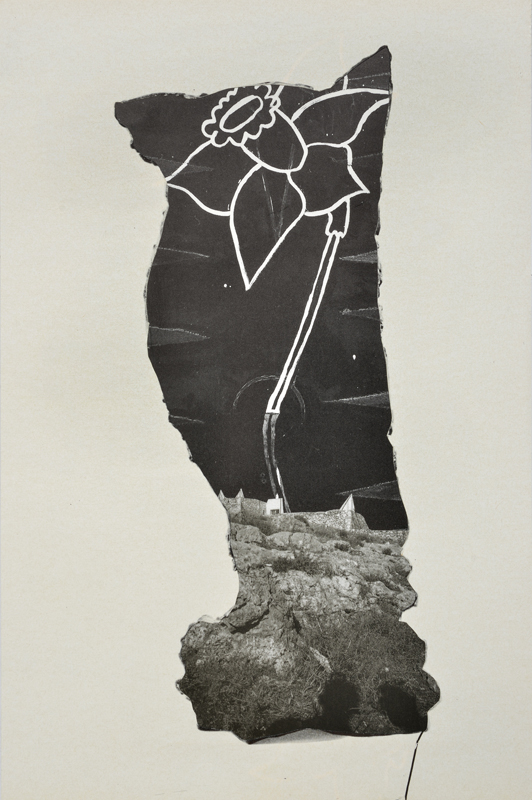
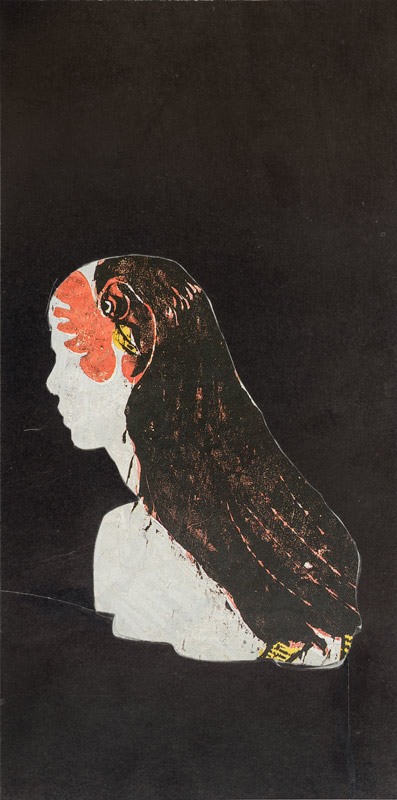


Along the walls in one of the exhibition halls of the Israel Museum a temporary parasite structure has emerged for one night only. Placed at some distance from the walls, and parallel to them, this wooden structure was mounted with a panoramic sequence of collages in varying formats. The collages, sourced from reproductions originating from the museum’s own reservoir of Israeli art catalogues, rearranged the original images into new hybrids. The collage cycle still allowed a glimpse into the works hung behind it – masterworks by the likes of Arikha, Lavie and Schlezniak.
At the center of the space, a group of seven men was at work throughout the evening, employed at cutting the images out of the very same depository of catalogues. The men systematically reassembled the images they cut into a large paper blanket that kept growing as the evening progressed: a “patchwork” of multicolored art reproductions.
The process created a bulk of leftover white pages that were emptied of their images, leaving large window-like holes in their midst. These were bundled together, wrapped in paper and labeled, to be given to the audience in attendance.
Artistic director: Renana Raz
Featuring: Nadav Eisner , Mauricio Einhorn, Yonatan Franzus, Gur Kitai, Yonatan Stern Novitzky, Amir Eliad, Rei Raviv and Niv Hirschowitz
True to original
Site specific Installation, Herzliya Museum of Contemporary Art, 2015








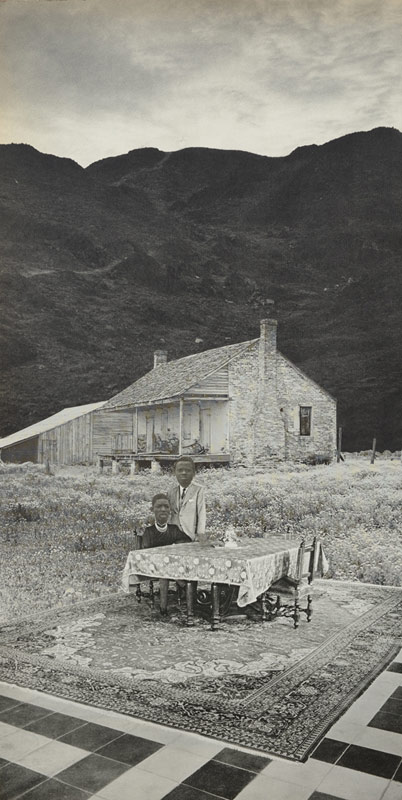


The work on view portrays a disconcerting, fictional natural landscape populated with fantastic hybrid creatures, such as bird-people, recalling the illuminated manuscript of the thirteenth-century. Zilberman ascribes great importance to his work process. He quickly scans book pages, locates the ones he deems most appropriate – depending on paper type and texture, as well as the image size and position – and then defaces and appropriates fragments from them. Finally, like an adept surgeon, he joins them together, creating a whole new, alternative reality. The materiality and condition of the printed papers, attesting to their former existence, are evident in the final image, expanding its meaning. The collage practice, surreal landscapes and hybrid figures may be understood as challenging power relations within the cultural and social order and as a reflexive contemplation on photography.The nomadic theme finds expression in various aspects of this work process, portraying the artist as a contemporary flaneur wandering among a multitude of images. The images are cut and combined with others in a way that makes their origin unclear while recontextualizing them in universal, intercultural settings.
The artist’s journey resonates with his moves, indicating points of disconnection and connection among the “treasures” he has gleaned from the originals he has visited. This gathering may be regarded, in light of Deleuze and Guattari’s notions, as a territorial practice of the nomad artist – that is, marking his territory or ownership of the settings and objects he has come across in his journey. The eyes of the figures are covered, releasing them from their concrete existence and allowing the viewer to project his or her own personal world onto them. In addition, this covering effect undermines our viewing, raising questions as to what transpires beneath the surface. In addition, the panorama on the wall presents an inquisitive field of vision by not allowing the viewer’s gaze to see all of it at once. One is required to draw nearer and away again, each time re-encoding the details perceived and processing the images into a semblance of coherence. The various perception routes outlined through the panorama by one’s gaze generate diverse syntactic, subjective image sequences, which continue being woven as long as the gaze lingers.
Tal Bechler